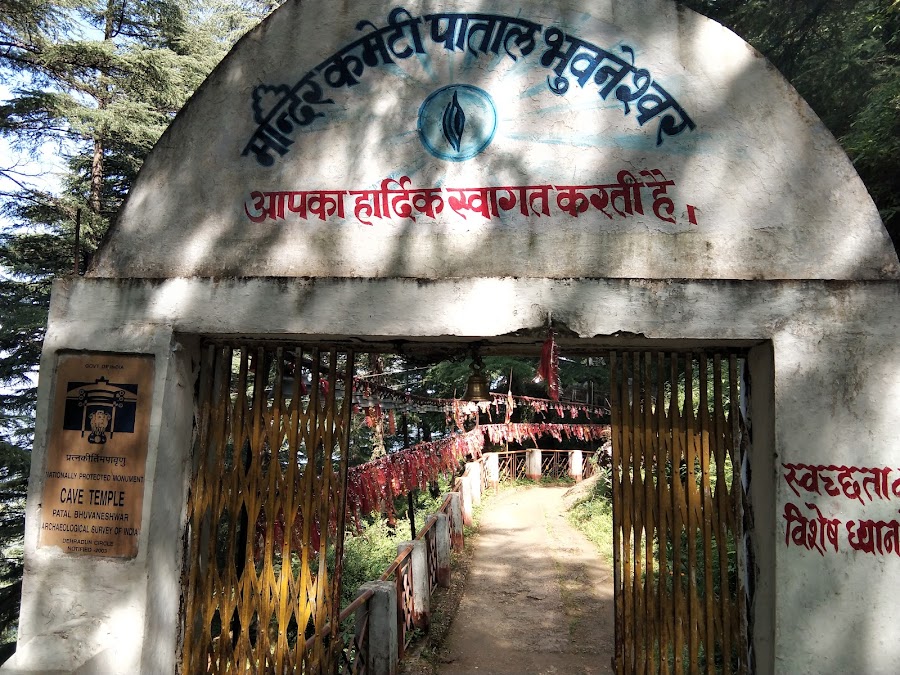
Patal Bhuvaneshwar Cave
Pauri Garhwal, India
- Attend the morning or evening aarti.
- Explore the ancient limestone caves.
- Learn about Hindu mythology.
- Observe unique stalactite and stalagmite formations.
- Visit the local temples around the cave.
Known for:
Description:
Patal Bhuvaneshwar is a series of limestone caves located in the Pauri Garhwal district of Uttarakhand, India. These caves are not just geological formations; they are considered to be a sacred pilgrimage site dedicated to Lord Shiva. The caves are believed to be as old as the Earth itself and are filled with fascinating stalactite and stalagmite formations that resemble various Hindu deities and mythological figures. A guided tour through the narrow, winding passages reveals a mesmerizing world of natural art and spiritual significance. The experience is both adventurous and deeply enriching, offering a unique glimpse into the geological wonders and religious beliefs of the region. Visitors often leave with a sense of awe and wonder at the intricate beauty and spiritual atmosphere of Patal Bhuvaneshwar.
History:
The history of Patal Bhuvaneshwar is deeply intertwined with Hindu mythology and folklore. According to legends, the caves were first discovered by King Ritupurna of the Surya dynasty in the Treta Yuga. It is believed that Adi Shankaracharya rediscovered the caves in the 12th century AD, leading to their revival as a significant pilgrimage site. The Skanda Purana mentions Patal Bhuvaneshwar in detail, describing the various deities and formations within the caves. Over centuries, the caves have been visited by countless pilgrims and devotees seeking spiritual enlightenment. The local communities have played a vital role in preserving the sanctity and maintaining the accessibility of the caves, passing down stories and traditions through generations. Today, Patal Bhuvaneshwar stands as a testament to the enduring faith and rich cultural heritage of the region.